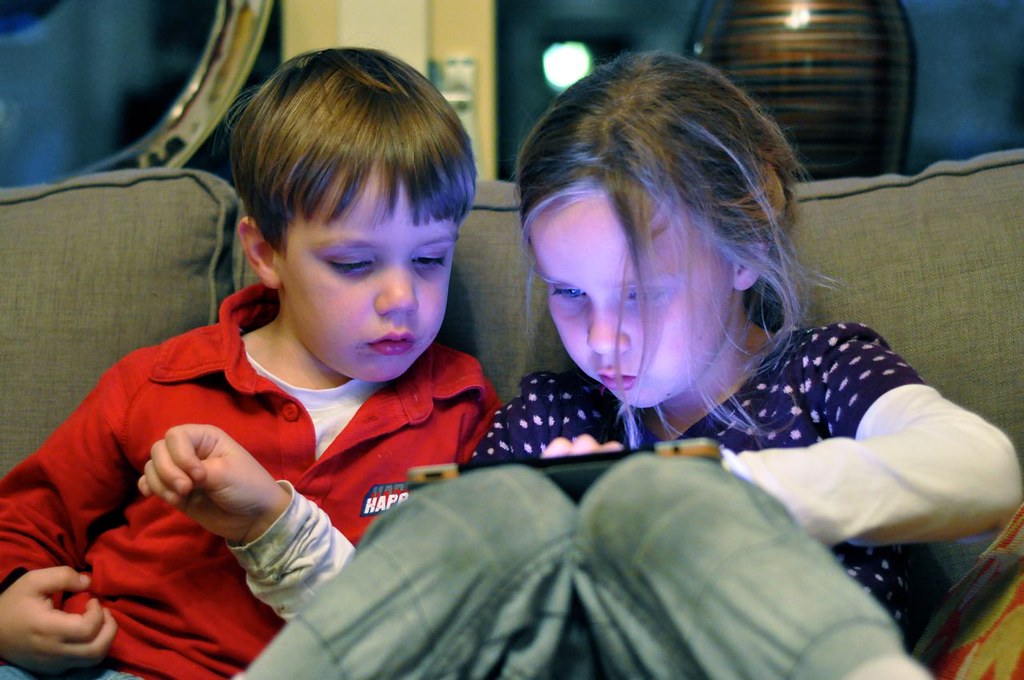Throughout this chapter there are many important topics that I found to be very useful, but in this post I will just be focusing on the different learning theories. I will list all of the theories from the chapter and place them along side with videos that I've found on YouTube. The channels that I will be using are videos from, "Learning for the 21st Century" there you can find many other informative videos.
- Active Learning
- Students are physically and cognitively involved in the learning process, personally doing something to compare and contrast ideas and information rather than passively sitting and listening to explanation,viewing videos or reading about a topic.
- Is in my opinion the most basic of the theories in that with every action there is a reaction. In the video examples of this theory are provided.
Source: YouTube by "Learning for the 21st Century"
- When using cognitivism the teacher must provide information in lists that may be easier for students to understand.
Source: YouTube by "Learning for the 21st Century"
- With constructivism students will interact with concepts and engage students with learning in the classroom.
Source: YouTube by "Learning for the 21st Century"
5. Constructionism
- The last theory states that the students will build their own path to learning by accessing the internet and searching for information on their own.
Source: YouTube by "Fjpsr"
"Constructionism in 21st Century Classrooms." YouTube. YouTube, n.d. Web. 04 Aug. 2014.
